Reading comprehension Normal Consonants Worksheets for Ages 4-7
7 filtered results
-
From - To
Enhance your child's reading skills with our Reading Comprehension Normal Consonants Worksheets designed for ages 4-7. Our engaging activities make learning an adventure by focusing on consonant recognition, phonics, and word construction. Perfectly tailored to reinforce classroom learning, these worksheets promote confident reading through interactive exercises and fun illustrations. Your young learner will delight in decoding words and improving their understanding while building a solid foundation for future literacy success. Ideal for parents and educators looking to support early reading development, our worksheets are easily accessible and aligned with educational standards. Start your child's reading journey today!
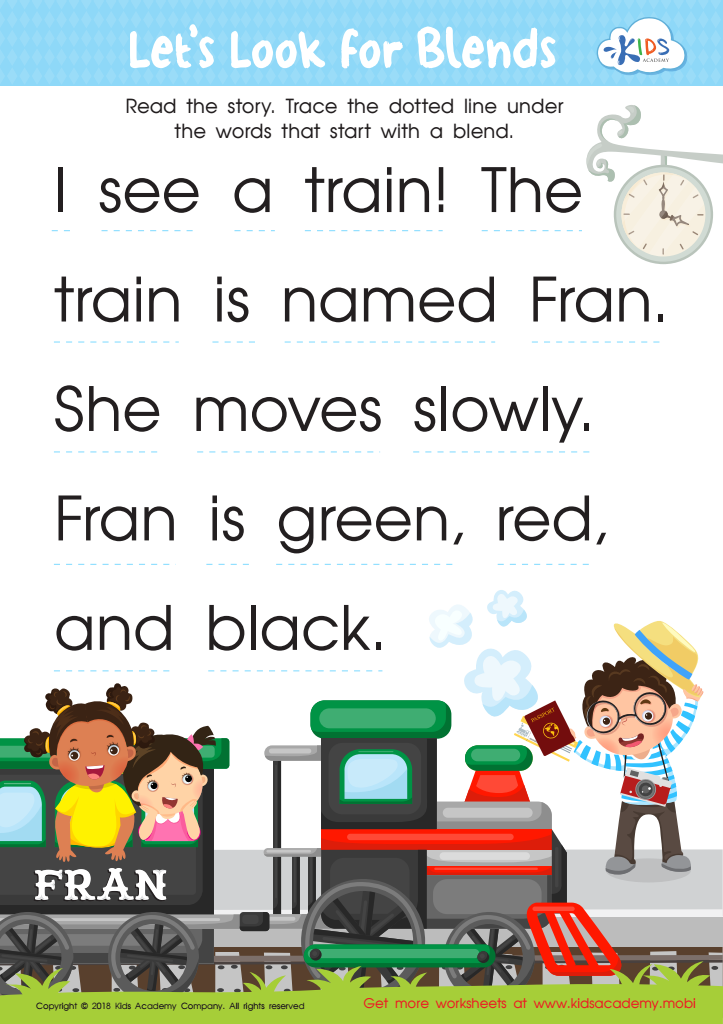

Let's Look for Blends Worksheet
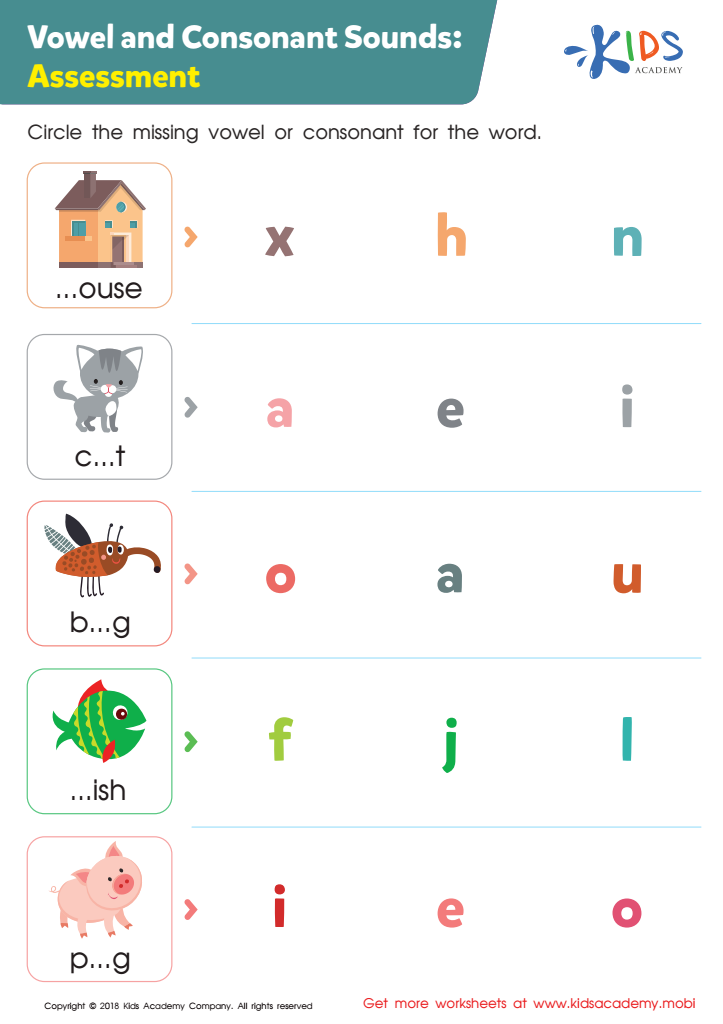

Vowel and Consonant Sounds: Assessment Worksheet


Shhh... What Digraph? Worksheet
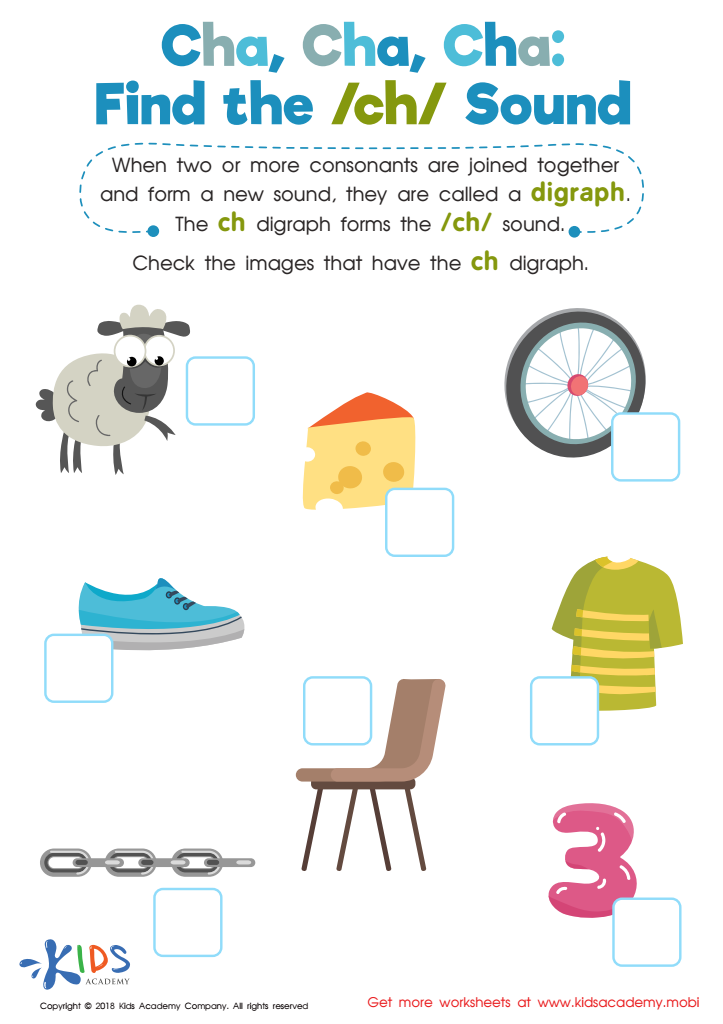

Cha, Cha, Cha: Find the /Ch/ Sound Worksheet
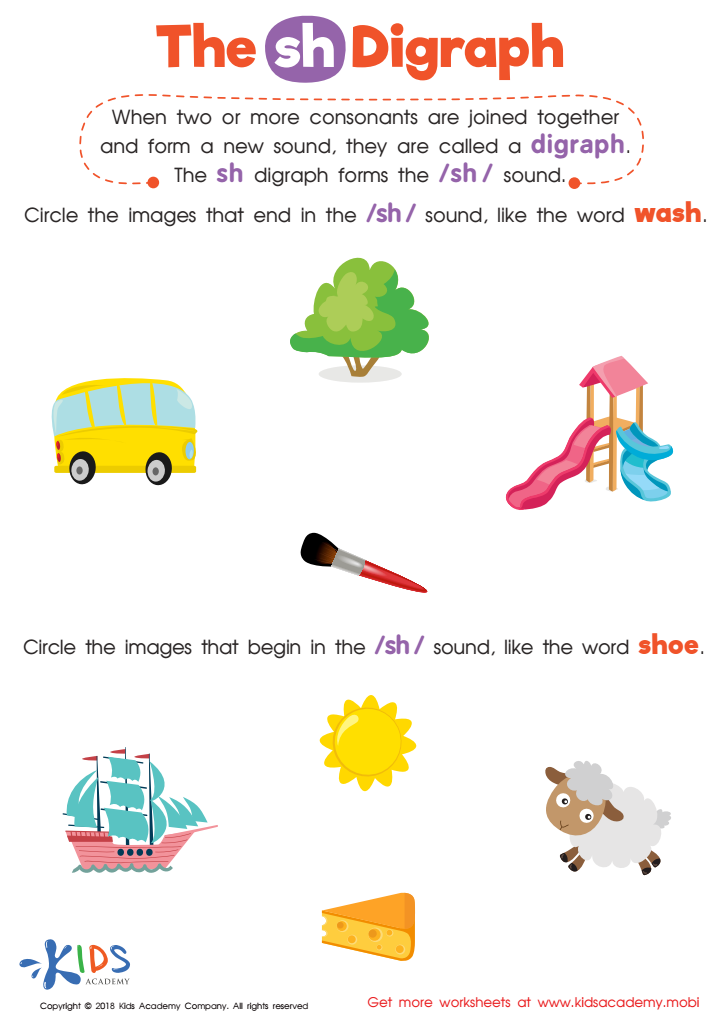

The SH Digraph Worksheet


Consonant Blends: "Dr" and "Tr" Printable
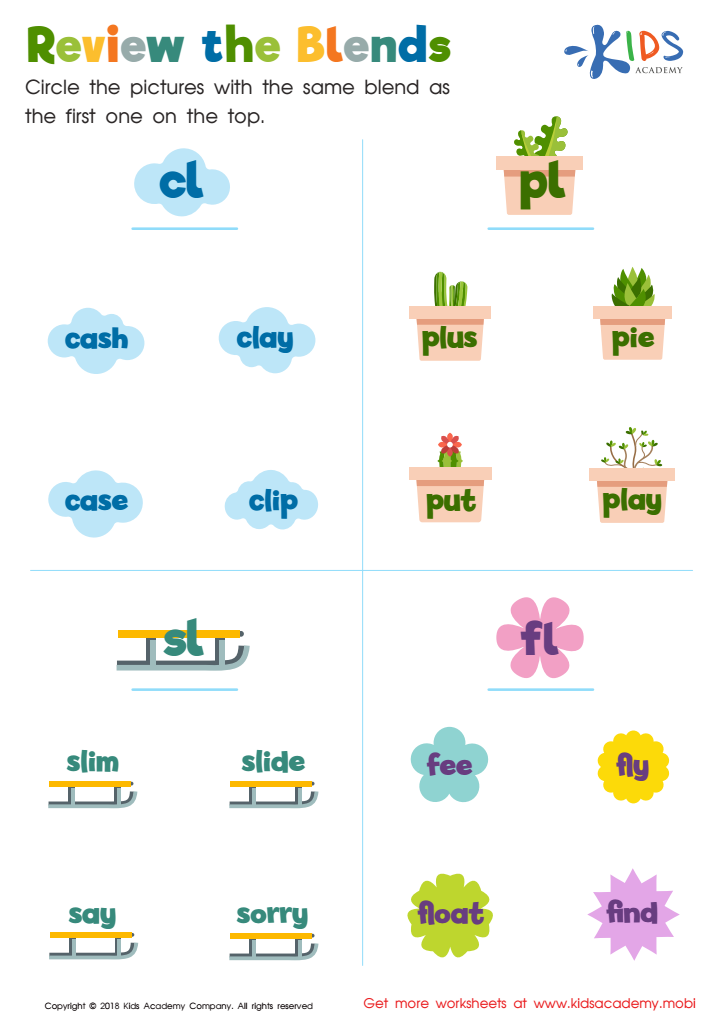

Review the Blends Worksheet
Reading comprehension and understanding normal consonants are fundamental skills that lay the groundwork for a child's future education. For ages 4-7, building a strong foundation in these areas is crucial. Here’s why parents and teachers should focus on them:
Reading comprehension goes beyond merely recognizing words; it involves understanding the meaning and context behind them. Early proficiency in this skill promotes a love for reading, enhances cognitive skills, and broadens vocabulary. It helps children grasp fundamental concepts across all subjects, supporting overall academic success.
Understanding normal consonants, which are the most frequently occurring consonant sounds in English, is an integral part of phonics – the method for teaching reading and writing by developing learners' phonemic awareness. This skill helps children decode new words, spell accurately, and articulate thoughts more clearly.
Additionally, reinforcement of reading comprehension and normal consonants builds confidence, fosters independent learning, and encourages critical thinking. When children are confident readers, they are more likely to participate in classroom discussions and explore books on their own.
Parents and teachers play a pivotal role in nurturing these critical literacy skills through engaging activities, read-aloud sessions, and interactive learning tools. Investing time and effort in these areas during early education sets children on a path to academic success and a lifelong love for learning.
 Assign to My Students
Assign to My Students








